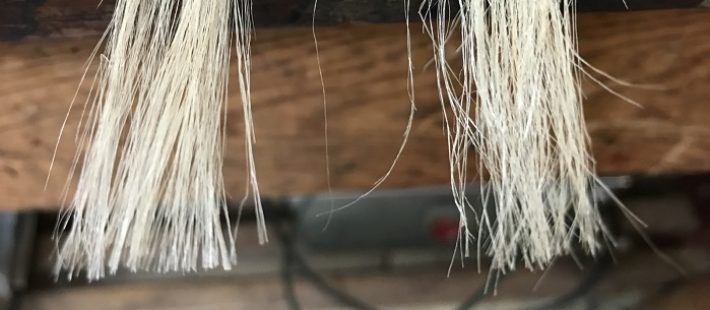Scientists from The University of Manchester have combined graphene with the natural fibre, jute, to create a world’s first for graphene-strengthened natural jute fibre composites.
The breakthrough could lead to the manufacturing of high-performance and environmentally friendly natural fibre composites that could replace their synthetic counterparts in major manufacturing areas, such as the automotive industry, ship building, durable wind turbine blades and low-cost housing. It could also boost the farming economies of countries such as Bangladesh, India, and China – where the jute material is mainly produced – the researchers from The University of Manchester claim.
Jute is extracted from the bark of the white jute plant (Corchorus capsularis) and is a 100% bio-degradable, recyclable and environmentally friendly natural fibre. It is also the second most produced natural fibre in the world – after cotton – and is at least 50% cheaper than flax and other similar natural fibres.
Forkan Sarker, a Commonwealth Scholarship recipient for Bangladesh, has carried out the experiments and analysis of the data for this study, and the publication showing graphene could be critical is available online.
This is an example of judicious combination of low-value, carbon-neutral commodity fibres with an extremely small volume fraction of high-value graphene in order to create a material system that could replace energy-intensive carbon and glass fibres in a number of light-weight structural applications.
The University is home to the National Graphene Institute and the Graphene Engineering Innovation Centre which provide an unrivalled critical mass of graphene expertise. The two facilities demonstrate Manchester’s position as a globally leading knowledge-base in graphene research and commercialisation.











